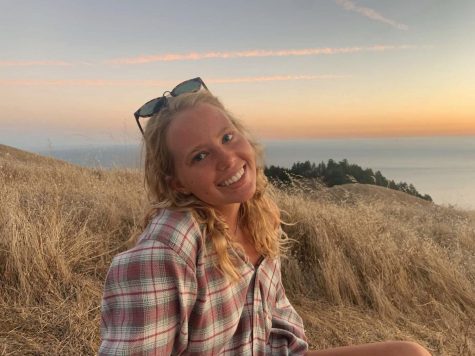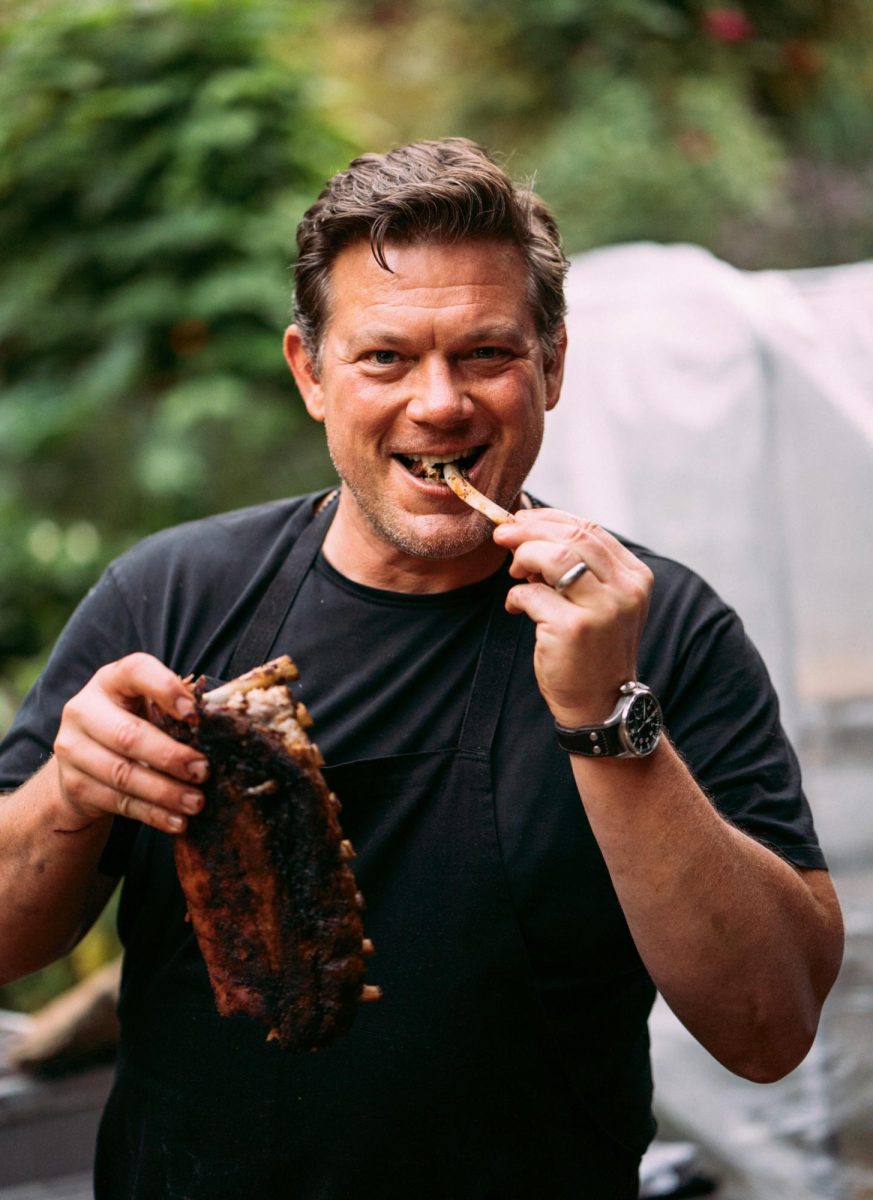San Rafael approves pilot program to initiate more public art into the community
April 3, 2021
On March 1, San Rafael City Council approved a one-year pilot program that will make it easier for artists and social justice organizations to create public murals, sculptures and other art projects around San Rafael. The new process will have no required application fee and an advisory group will evaluate public art projects that will be located on city and private property.
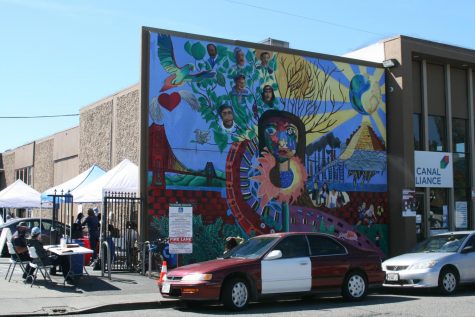
According to city planning manager Alicia Giudice, this simplified way of processing art aims to be more efficient and inclusive. In the new process, art will be proposed in a public forum, an advisory group will weigh in on the proposed piece of art and then determine whether to approve the application. The goal of the group is to lead to a more fast tracked and effective process for both artist organizations and government workers. Giudice believes that this reformed system will be an efficient option when dealing with public art in the community.
To stray away from controversy after art proposals are accepted, the advisory group is a collaborative organization made up of artists, community members and a variety of local board members from different departments. For pieces that are related to social justice and activism, a representative member from a social justice group will be at meetings to advise and provide an outlook that would be important to the artists’ message.
Previously, the public art application fees ranged from $1,000 to $8,000 depending on size; the fees were enough to turn local artists away. Additionally, applications often took six months or more to be approved through San Rafael’s Design Review Board and Planning Commission. The city hopes that this new solution will speed up the process for artists.
According to San Rafael city analyst Thomas Wong, the city recognized the rules that were set in place before were inefficient and needed to be reformed.
“There was nothing inherently wrong with the original process, it just required a lot more work for applicants, which we found out really prevented a lot of people from coming forward with these projects that the community would benefit from,” Wong said.
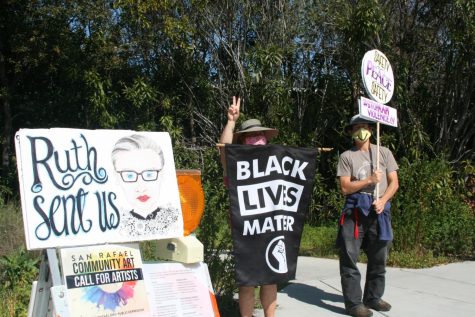
On Sept. 3, a chalk mural honoring the memory of Breonna Taylor was reluctantly taken down by the city due to the art not being processed through the right bylaws. In order to continue to honor Taylor, San Rafael has been looking to local artists and organizations to create a similar social justice mural or project that could be displayed publicly. The city has already tested the pilot program on two art organizations within the community, one being the San Rafael Justice Community Art Group, which is undertaking a similar art project near the former chalk mural in Arbor Park.
Another project issued by Canal Arts Initiative is collaborating with Artworks Downtown, Marin Society of Artists and Storek Studio/Architecture to create a mural in the Canal and in east San Rafael after receiving a California Arts Council grant for a mural depicting local Latino culture. The mural will be painted on the side of a building at 3301 Kerner Blvd. in the Canal neighborhood, which, according to the Marin Independent Journal, is now being used by Homeward Bound as a temporary homeless shelter.
Canal Arts Initiative and President of the Marin Society of Arts Meg Reilly believes that art and beautification will be a large part of the future 2040 plan for San Rafael, which lays out the city’s upcoming plans for conservation and growth policies.
“San Rafael wants to be the Marin County hub of the arts, and we were having a conversation with the people at the city saying, ‘If you really want to be a hub, you’ve got to do something about the recent social justice movements,’” Reilly said. “Especially after the Breonna Taylor expression wound up on city property, they couldn’t ignore it. I’m grateful that two projects came forward to support it.”
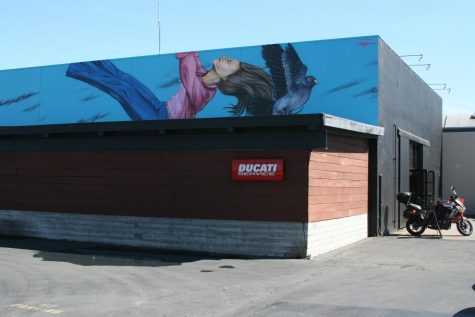
According to Redwood Art Honors Society (AHS) Co-President senior Keegan Searles, maintaining and keeping stable funding for arts is essential throughout the community.
“It’s important for [the city] to support public art because art can be a personal thing especially when it comes to activism and social justice. Having other people see it and view it creates a much deeper meaning,” Searles said.
Like the AHS, the city council hopes to prioritize public art by initiating this new pilot program when reviewing artwork. They anticipate that more artists and community members will be encouraged to use art to beautify the city and spread awareness about social justice issues.
“If you just look at the data, you learn that the arts bring money, a thriving economy and a thriving populace to areas,” Reilly said. “We’ve seen it happen across the country, where there’ll be an impacted area, and they start to thrive. Everything else starts to thrive, and I think it is essential to recognize that.”

